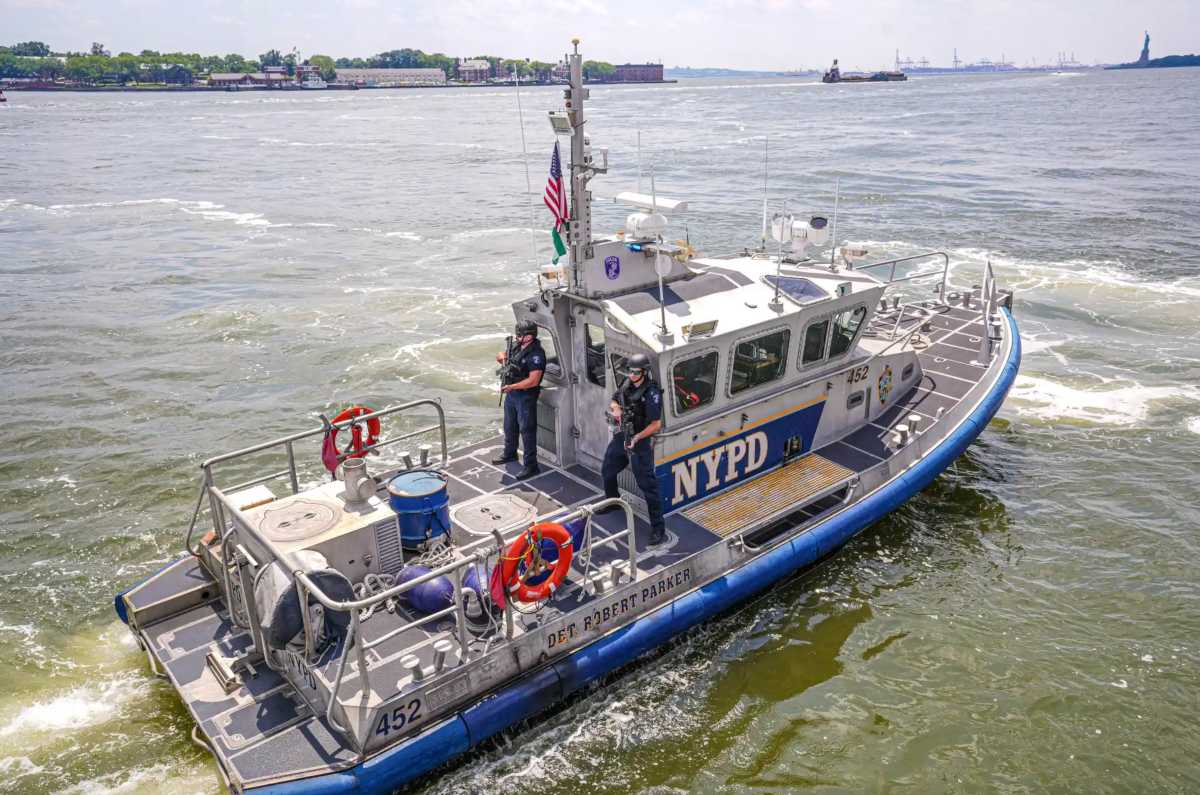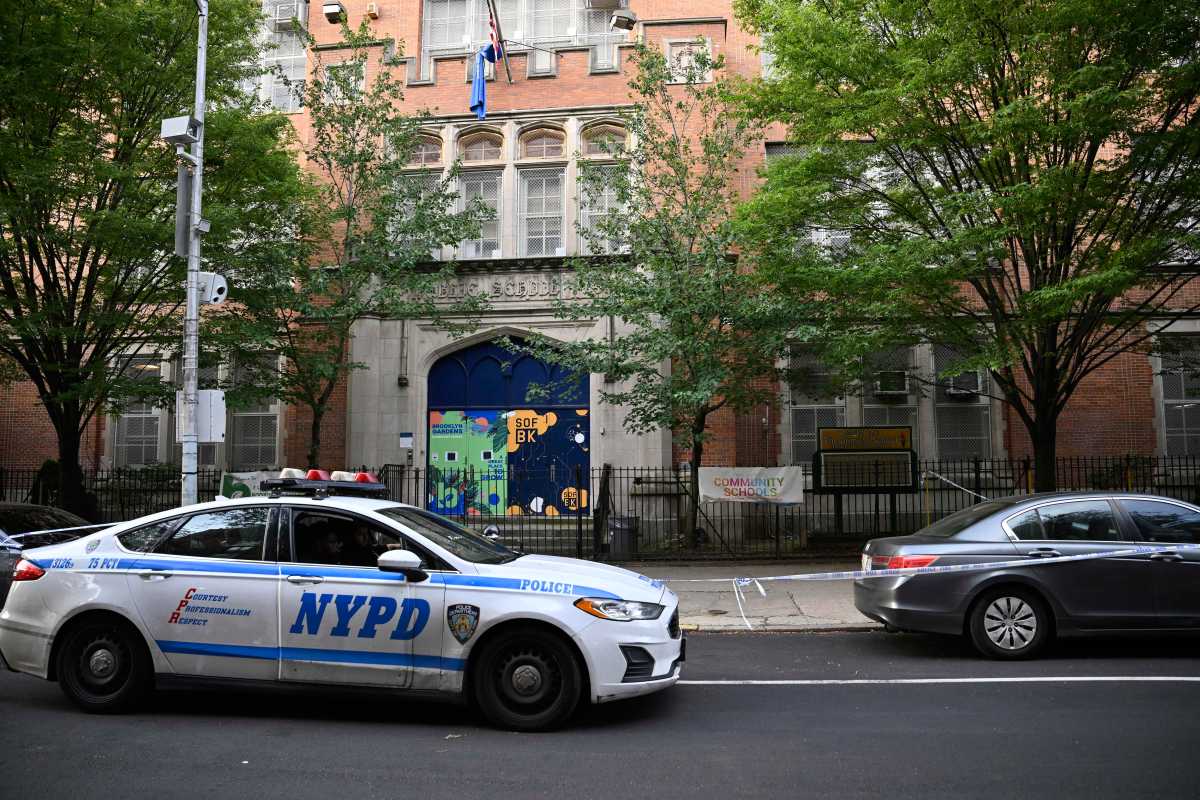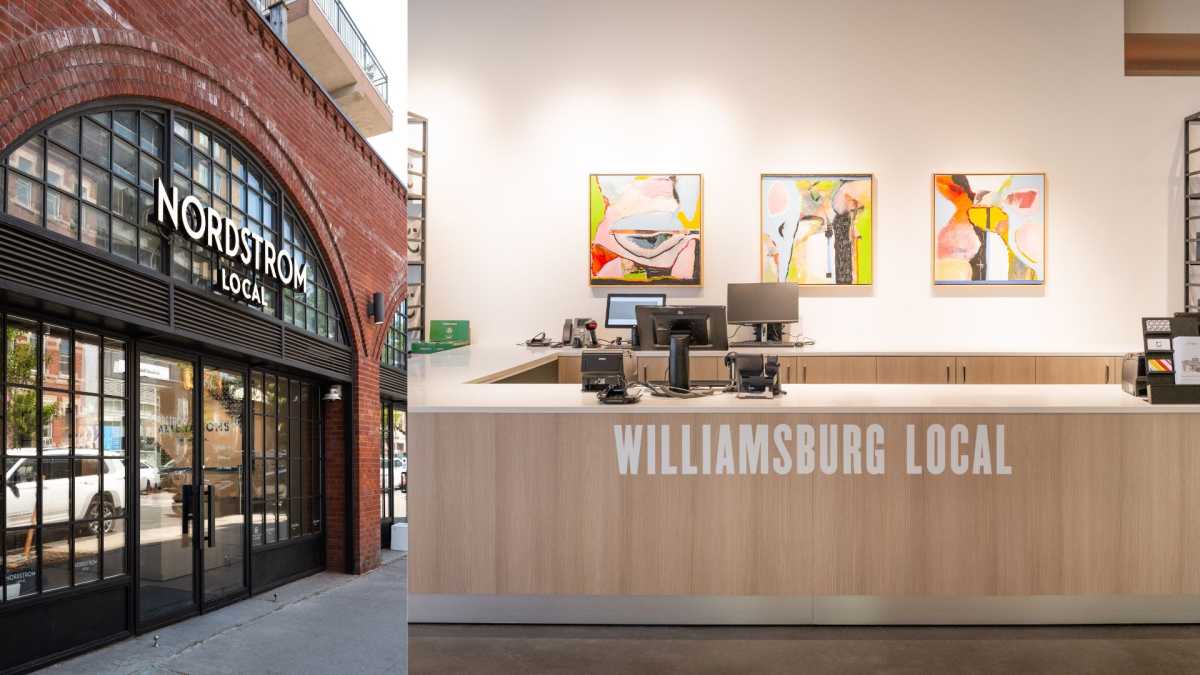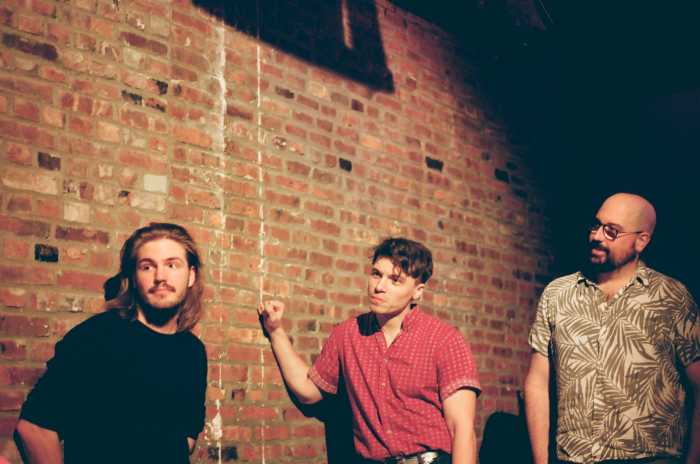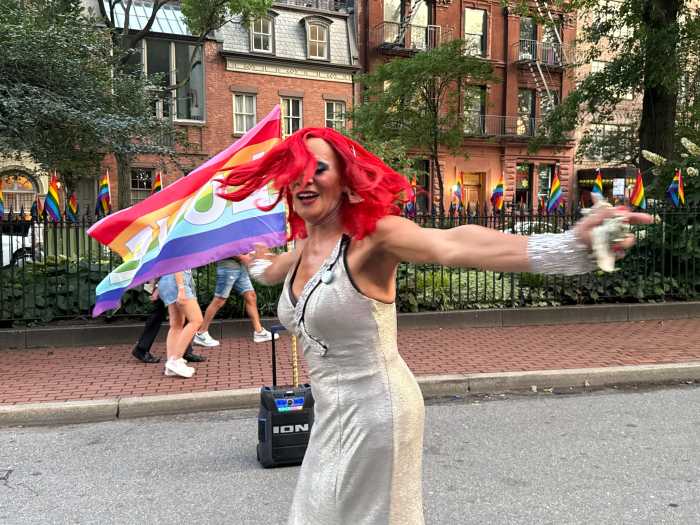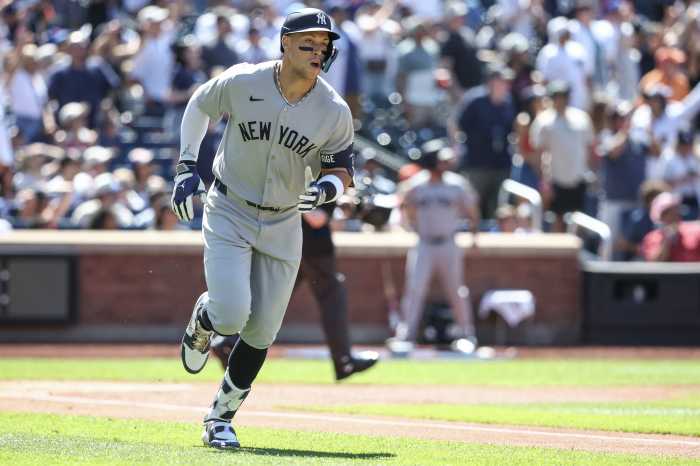It’s a step that’s gotten the approval of everyone who walks, drives, pedals and trots.
City officials have begun to take a new look at Park Circle, a pivotal Brooklyn roundabout where cars, pedestrians, bicyclists and horses routinely converge, merge and sometimes collide.
Park Circle is also a major neighborhood vehicular hub that connects motorists in Park Slope and Windsor Terrace to Coney Island Avenue and Ocean Parkway, as well as the neighborhoods of Kensington, Flatbush and Midwood.
City officials said that they’re focusing on Park Circle to “improve greenway access from Prospect Park to Ocean Parkway.”
“A coherent link between Ocean Parkway and Church Avenue and Prospect Park was ruptured when the Prospect Expressway was built between 1954 and 1962,” a spokesperson for the Department of City Planning explained, adding that preliminary steps are being taken to study the area, flag existing conditions and prepare preliminary recommendations.
Recommendations on fixing Park Circle were coming fast and furious during a Community Board 7 Transportation Committee meeting on February 19, where members brainstormed on solutions to improve traffic conditions.
“It was both positive and productive,” Community Board 7 District Manager Jeremy Laufer told this paper. “We heard from some of their experts and they heard by the people who have the experience.”
Laufer said that most of the issues raised concerned both “bicycle and equestrian safety.” The circle is often used by riders from the nearby Kensington Stables.
Speeding, street crossings and line of sight concerns were also addressed, he said.
“There seems to be a lot of dead space in the Circle and cars can drift,” Laufer said. “It’s less channelized and that can create a conflict between horses, bicyclists and drivers.”
One idea raised at the brainstorming session was to have fewer crossing points at Park Circle.
“That would make it easier for non motorized vehicles to navigate,” Laufer said.
Other ideas included putting up gates like the ones in Times Square which would force pedestrians to cross at specific access points.
Officials from both City Planning and the Department of Transportation (DOT) jotted down the ideas and said that they would get back to the board with a workable plan.
Laufer speculated that some of these solutions can be handled right away, without any cost to the taxpayer.
“They can change the timing on the lights right away,” he said. “It’s a simple thing, but it could have a long term affect on traffic in that area.”
A City Planning spokesperson said that they and the DOT are “working on developing short-term improvement strategies” for Park Circle.
“We also solicited numerous ideas from the community about ways to make the circle safer and more easily navigable for pedestrians, cyclists, horse traffic and motor vehicles,” the spokesperson said, adding that members of Community Board 12 and Community Board 14 were also consulted about possible traffic changes to Park Circle.
As of this writing, Community Board 7 was still soliciting ideas to improve Park Circle, which can be sent to communityboard7@yahoo.com.
Bicycle advocates hailed the city’s interest in connecting Ocean Parkway’s bike lanes to Prospect Park.
“For years [Park Circle] has been a huge missing link, not just for bikers, but for pedestrians as well,” said Wiley Norvell, a spokesperson for the bicycle advocate group Transportation Alternatives. “If we can channelize traffic at the Circle and handle the speeding, driving in the area will become more predictable. That will make it safer for everybody. “
The focus on Park Circle comes just after City Planning approved changes to rezone a small stretch of East Windsor Terrace near the Kensington Stables which many hope will help the community keep its historic character.
City Planning is also in the process of rezoning nearby Sunset Park, officials said.


